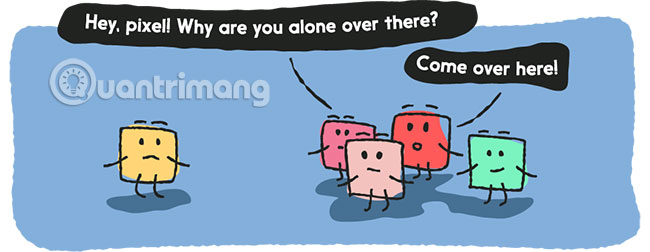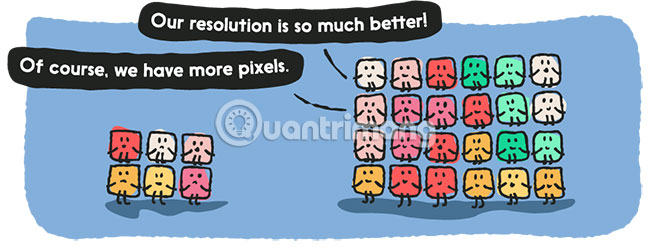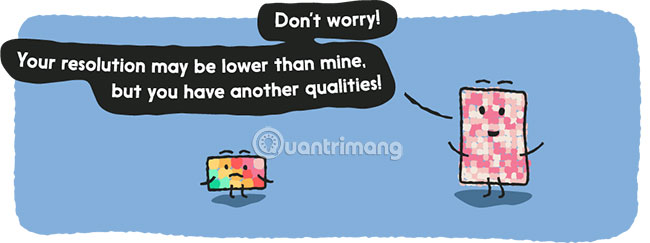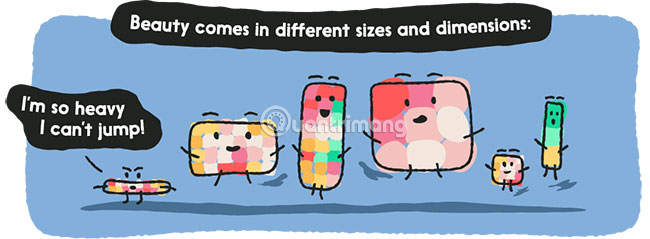What is the difference between DPI, PPI, resolution and image size?
Understanding DPI, PPI, resolution and image size is the key to design success. These tips will allow you to print the right quality, optimize images for the web, save a lot of time and get the best results.
Pixel is a unit of measurement for digital images. We can compare them with cells in the body, they work together to build a kind of map that computers or monitors can interpret.

The pixel determines the resolution right?
High resolution images are high pixel density images, meaning there are many pixel families in its layout. The larger the number of pixels, the higher the resolution, providing more detail and better definition for images. Logically, a low resolution image will have fewer pixels, less detail and sharpness.

Image resolution is determined by the calculations below:
- PPI: Pixel per inch (number of pixels per inch). It is linked to the screen of digital devices. Each pixel is equivalent to a bright spot coming from any screen, then the utility of PPI is to report the number of pixels per inch of the screen (exactly 2.54 cm).
- DPI: Dot per inch. DPI is similar to PPI, but pixels are replaced with points in one inch printed. The more dots a picture has, the higher the print quality (better sharpness and detail). Because the printout is a true-size copy of the image, it requires more DPI than PPI for the same file. For example, 300DPI equals 118.11PPI. For good quality prints, 300DPI is standard, sometimes 150 is acceptable, but never allowed lower, you can increase this number in some cases.

Is resolution related to image size?
The answer is both true and not! The size of the image can be determined through resolution, because the higher the resolution, the larger the size. However, the opposite is much more common. You can make an A4 page file size with 100 or 300DPI without changing the size of the image, just add more color dots and make it sharper.
Is the image size related to quality?

Not always. When it comes to resolution, the quality of an image may be related to its size. But, we can also analyze quality through color, angle, light and format.
Is the image size the file size?

IS NOT! Do not confuse the image size with the file size. Image size refers to height and length, while file size is the amount of image space occupied on a hard drive (in kilobytes or megabytes).
You should read it
- What is the size of standard cover photo Zalo, Zalo OA?
- How to Resize a Photo (on Mac)
- Image resolution - the deciding factor for fine print
- Smartphone with up to 48MP resolution camera will be released next year thanks to new image sensor technology
- Instructions for reducing image size with FILEminimizer Pictures
- Instructions on how to increase the resolution for photos
 Top cheap quality virtual reality glasses
Top cheap quality virtual reality glasses Introducing the Adobe Edge Inspect tool
Introducing the Adobe Edge Inspect tool Learn about the Whaling network attack technique
Learn about the Whaling network attack technique How to create symbolic links in Windows
How to create symbolic links in Windows What is G Suite?
What is G Suite? What is Data Corruption?
What is Data Corruption?